My first serious telescope: A 4-1/4-inch f/10 Edmund Scientific Reflector. In 1977, I now owned a new scope which came with a 25 mm eyepiece, and later an Edmund 12mm Kellner eyepiece, and a MAG 5 Star Atlas.
Now, what else could I possibly need to be a serious amateur astronomer? Or so I thought at that time.
The following photo was taken in 1977, when I was renting an “old and very cold house” built in 1927. Heating and air conditioning was difficult and very expensive. I was really glad to find a better house that was affordable, but only after a couple years. After all, I’d just accepted my first “real job” that paid a pretty decent salary.
My first observations were made during the mid-60’s at about twelve years old. I used my older brother’s 60mm f/15 Sears (Jason) refractor with an equatorial mount. He purchased the scope for about a $100, which at the time was a lot of money! That would be about $900 in 2021.
Unfortunate for me, he sold the scope after a few years which left me without a telescope until I could purchase my own. During this absence without a telescope, I somewhat lost interest in astronomy, until the mid-70’s.
Events by year:
During the late fall (about 1965) just after sunset, I would notice a small cluster of stars rising about the tree tops in the east. It would take me a while, but I did learn that it was the “Pleiades” or M45. My first deep-sky object.
October 1967: I gave an astronomy presentation to my 8th grade science class, again, using my brothers 60mm refractor. The subject and title was: “How To Use An Astronomical Telescope.”
March 1977: I purchased my first telescope, a 4 1/4-inch f/10 Edmund Scientific reflector on an equatorial mount. Life was good!
I could hardly wait to get to Science Hobbies in Charlotte, on that Spring day. The price for this 4 1/4-inch telescope was $159.99, which at that time was quite a bit of money. I had been looking at this scope in the Edmund Scientific catalog for almost a year.
Purchasing this “humble” little scope, my very own after all this time was indeed a happy day for me. My preference was the Edmund Scientific 6-inch Super Space Conquerer, but just could not spring for the extra money at that time. It seems that the price of the 6-inch was only about $100 more, however, at this point in my life, $300 for a telescope was far beyond my budget.
However, It didn’t take long to realize that I needed a larger aperture scope, and soon sold the 4 1/4-inch reflector.
February 1978: I purchased a 6-inch Criterion RV-6 reflector, complete with an equatorial mount and a clock drive. My astronomy program was about to take a big leap forward!
Below: The RV-6 on the left, and the Edmund 4-1/4 pictured on the right, with my oldest son in 1978.

I really liked my new Criterion RV-6, but life got busy and my observing had to take a back seat to a lot of other stuff. I didn’t have any time to think about the stars, so I sold my the Criterion telescope….a big mistake, indeed.
1985-86: I become acquainted with some local amateur astronomers and became a founding member of the Cleveland County Astronomical Society along with my youngest son, who is now living in Nevada.
A goal to meet, not in astronomy, but cycling:
Finally, after almost thirty years, on Saturday, October 11th 2008, I was able to achieve my lifelong goal of 100,000 miles on my bicycle. This had been my goal for quite a few years and was really excited to reach this milestone. When I first started riding in 1979, never would I have thought I’d eventually log 100,000 miles. It should be noted, I did not count my miles for the first year or so.
My current “documented” miles is approximately 130,000 as of August 2021.
October 11th 2008: My wife put together a celebration with cycling friends at a local coffee shop.
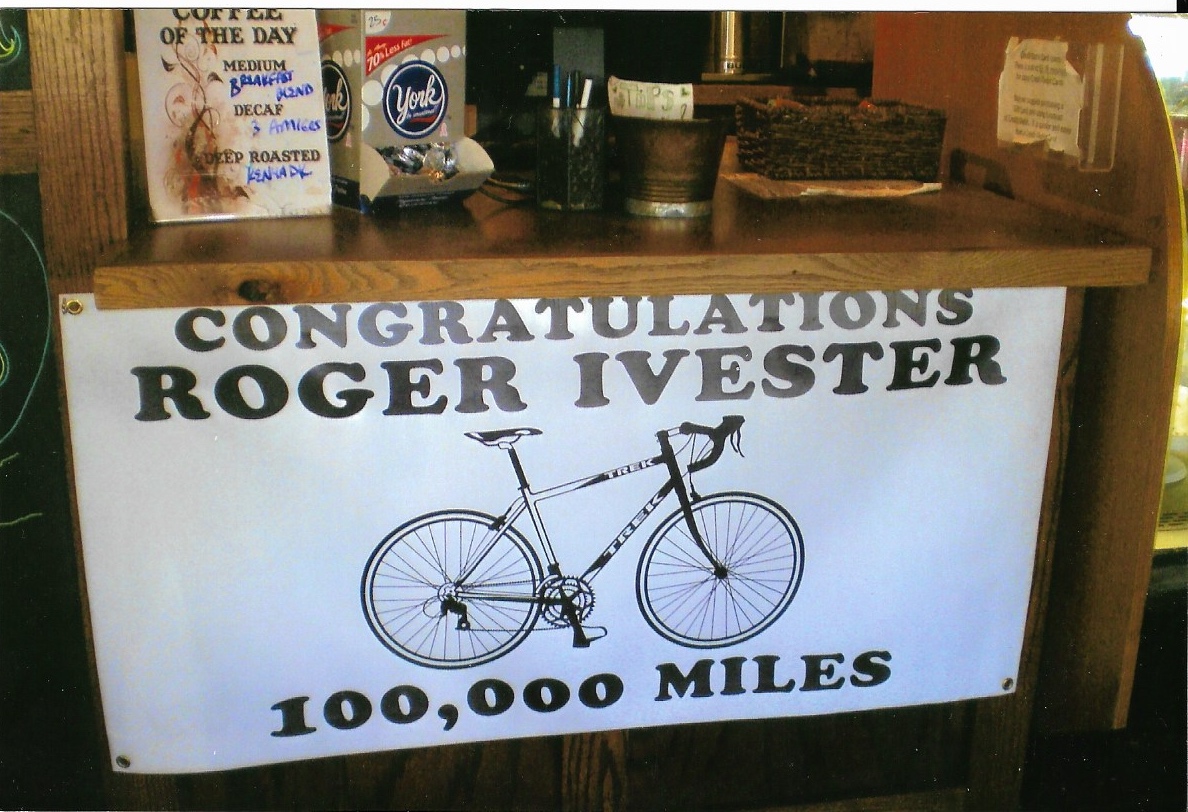
I have two great hobbies: Amateur astronomy and cycling!
October 2012: All my grandkids together in South Carolina.
December 2011: Driving my son’s tractor with granddaughter in Las Vegas.
I love hiking in the Mojave desert with my granddaughter (2011)
My two sons…
February 5th 1992: I purchased a 10-inch f/4.5, equatorial reflector. One of the first things I purchased after the telescope was an adjustable astro-chair, which I still use today. It’s just not possible for me to observe, sketch and take notes while standing.
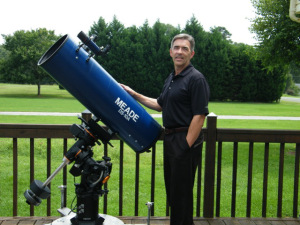
February 20th 1992, my first night of serious observing: I was amazed when observing faint galaxies, after all, this was a much larger scope than I was used to using. Objects that were on the threshold of seeing, were now bright, and structure was visible. It was truly a revelation as compared to the much smaller 4-inch scopes that I had mostly used. I could see dark lanes in the bright open cluster M35, and the faint cluster NGC 2158 was almost glowing. My favorite galaxies, M81-82 looked nothing like what I had seen on that night in the 70’s when I first saw them using my, then new, 4 1/4-inch Edmund reflector.
I was smiling while observing the low-surface brightness galaxy, M101, and knew that my observing would never be the same.
My wife, pictured with the 102mm refractor:
As mentioned earlier, I was sorry for selling my RV-6. So, a few years ago, I replaced it with a 6-inch f/6 TPO reflector. And the last photo, was a birthday gift from my son. An 80mm short focal ratio refractor.

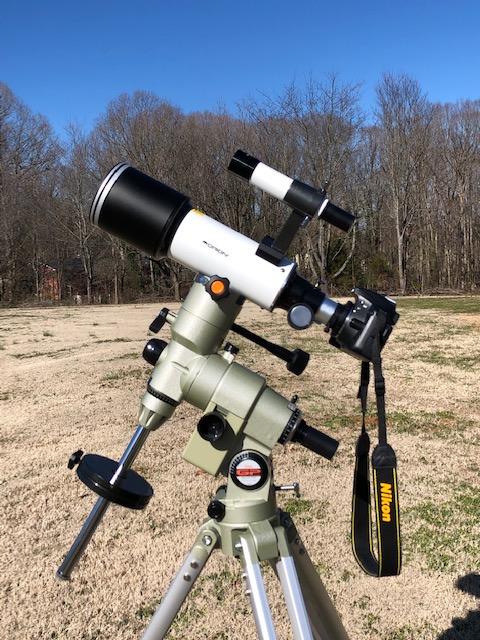

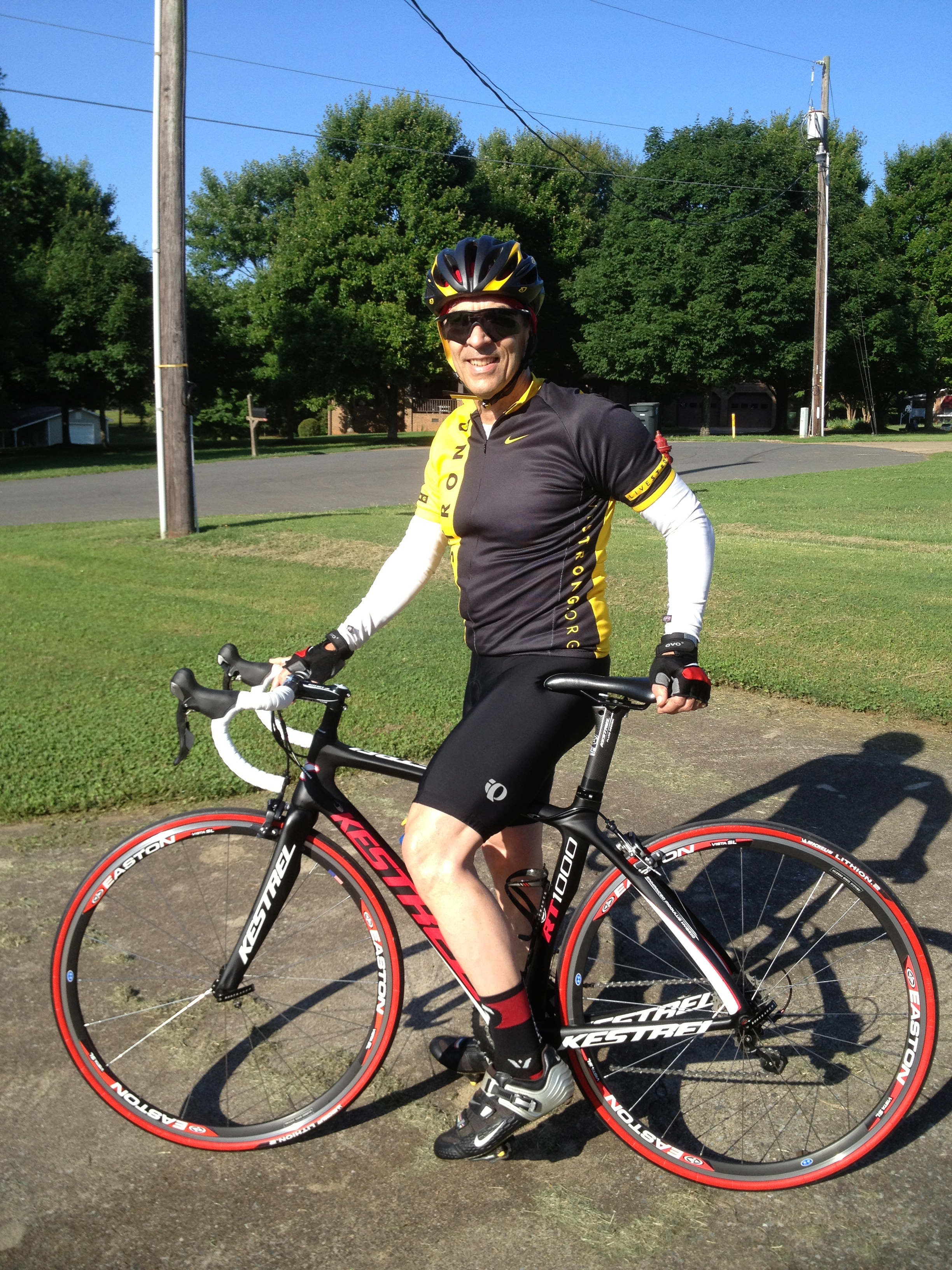

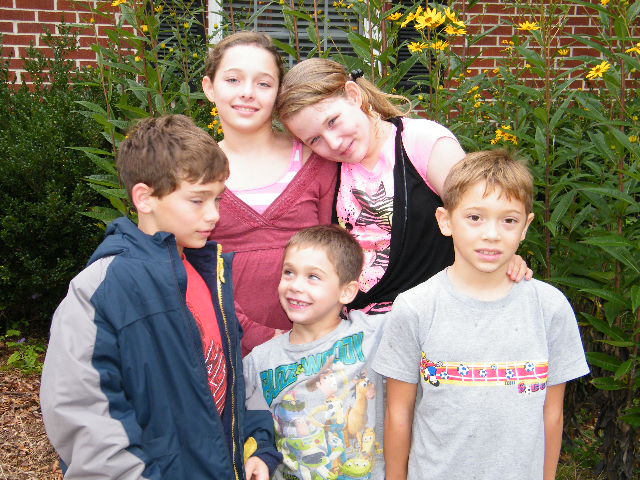

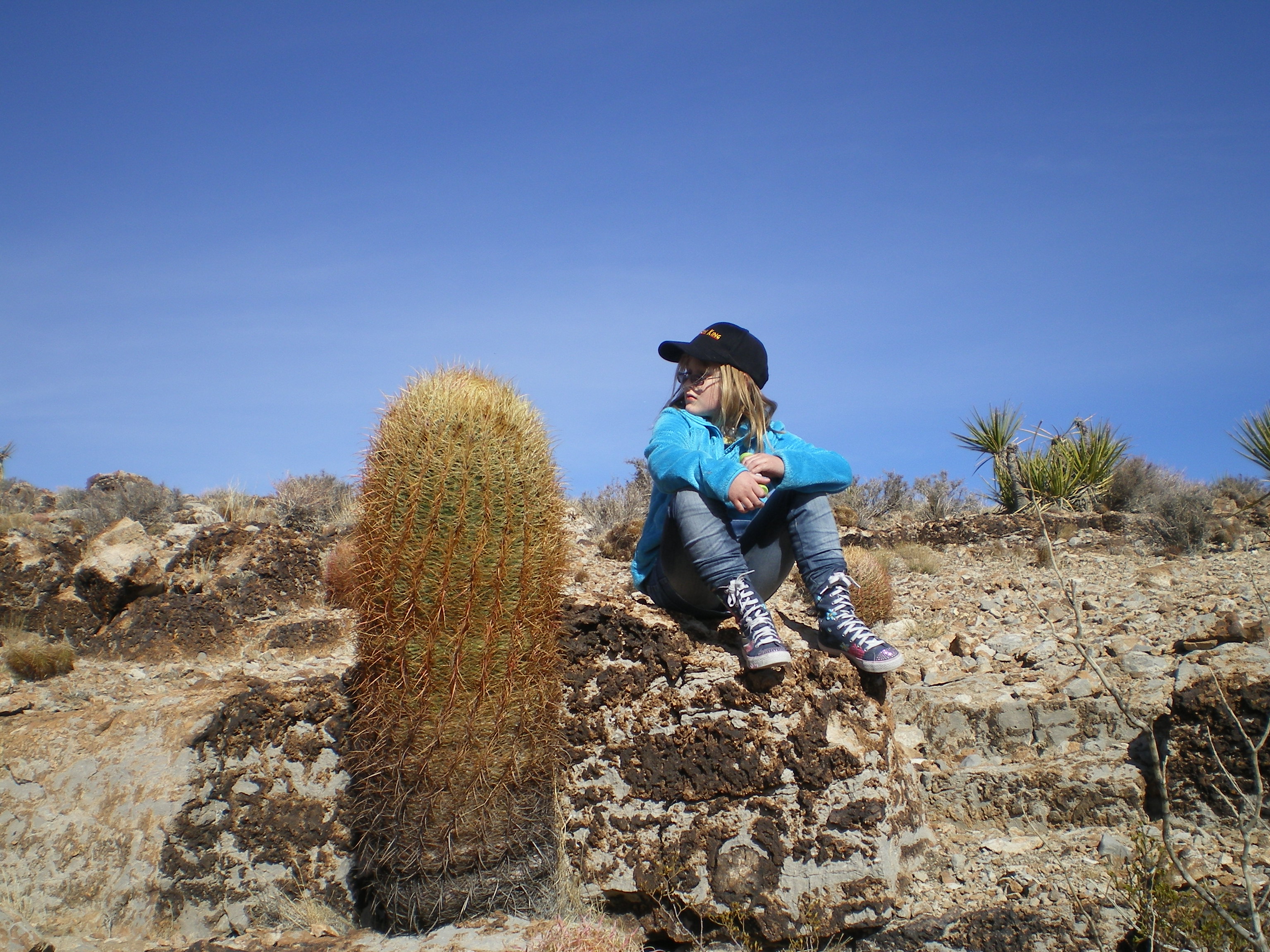
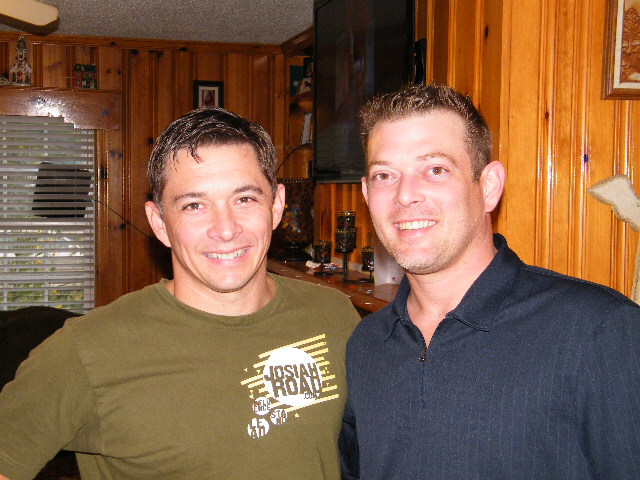


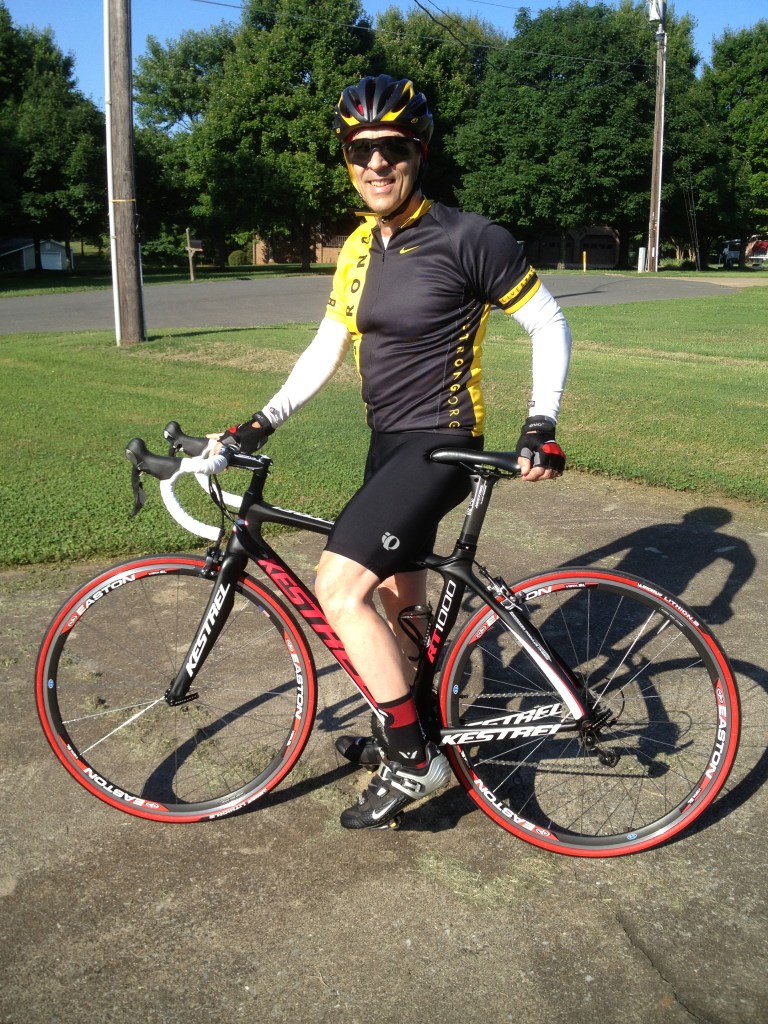
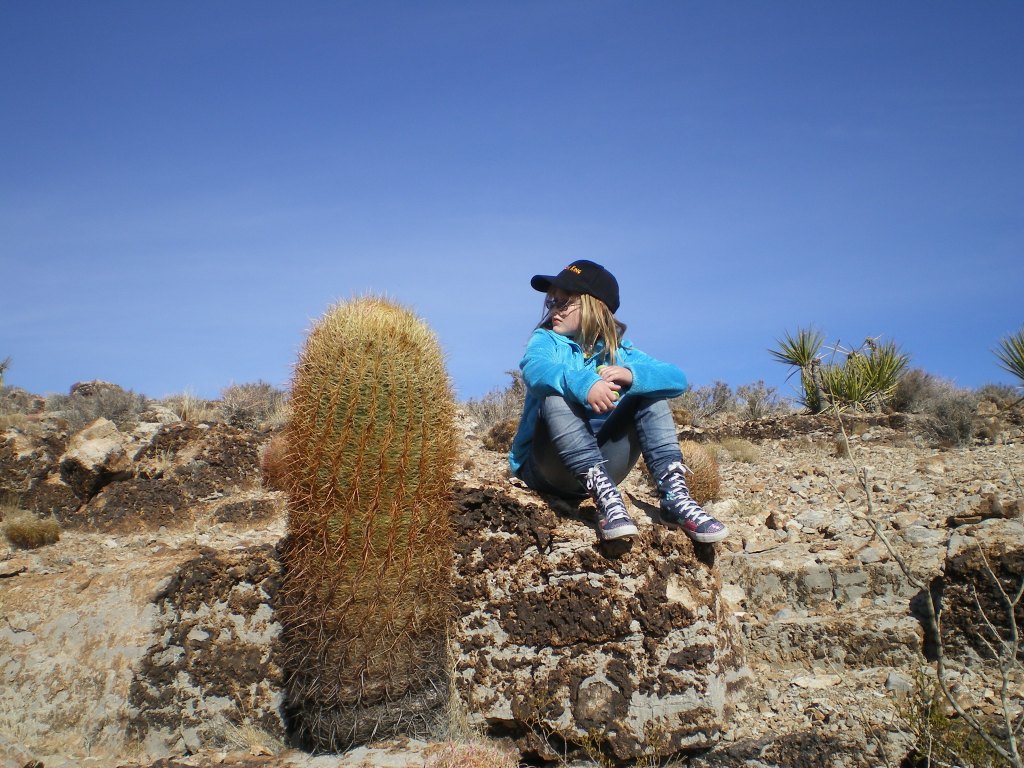
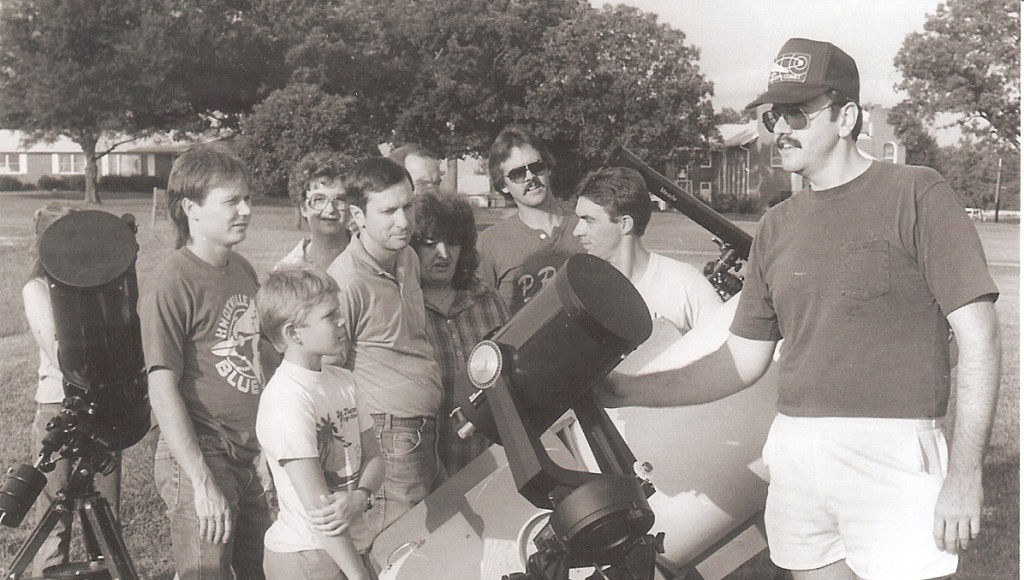

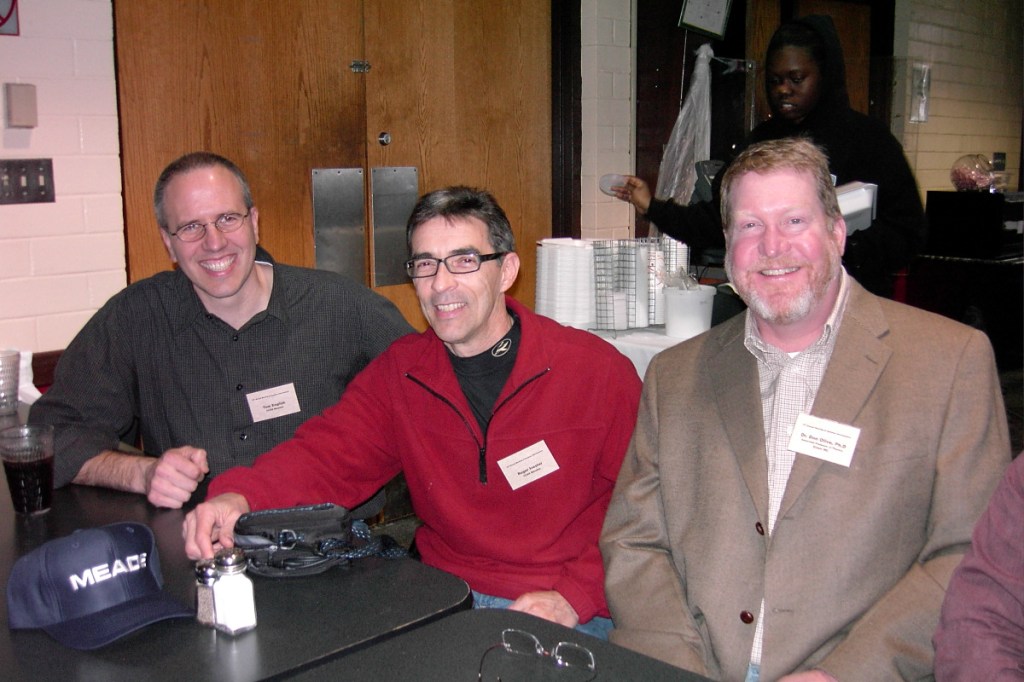







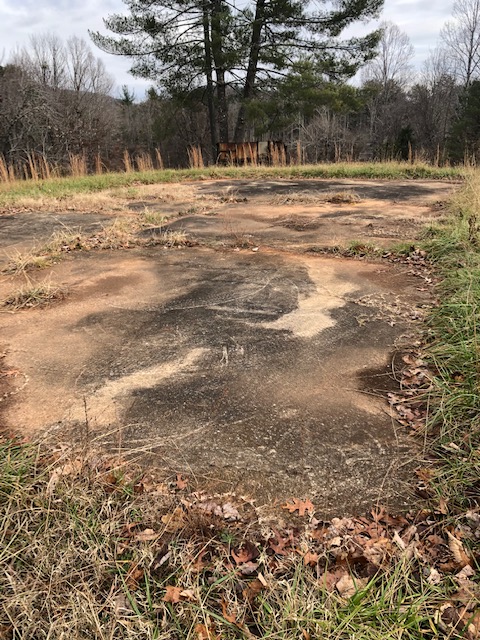

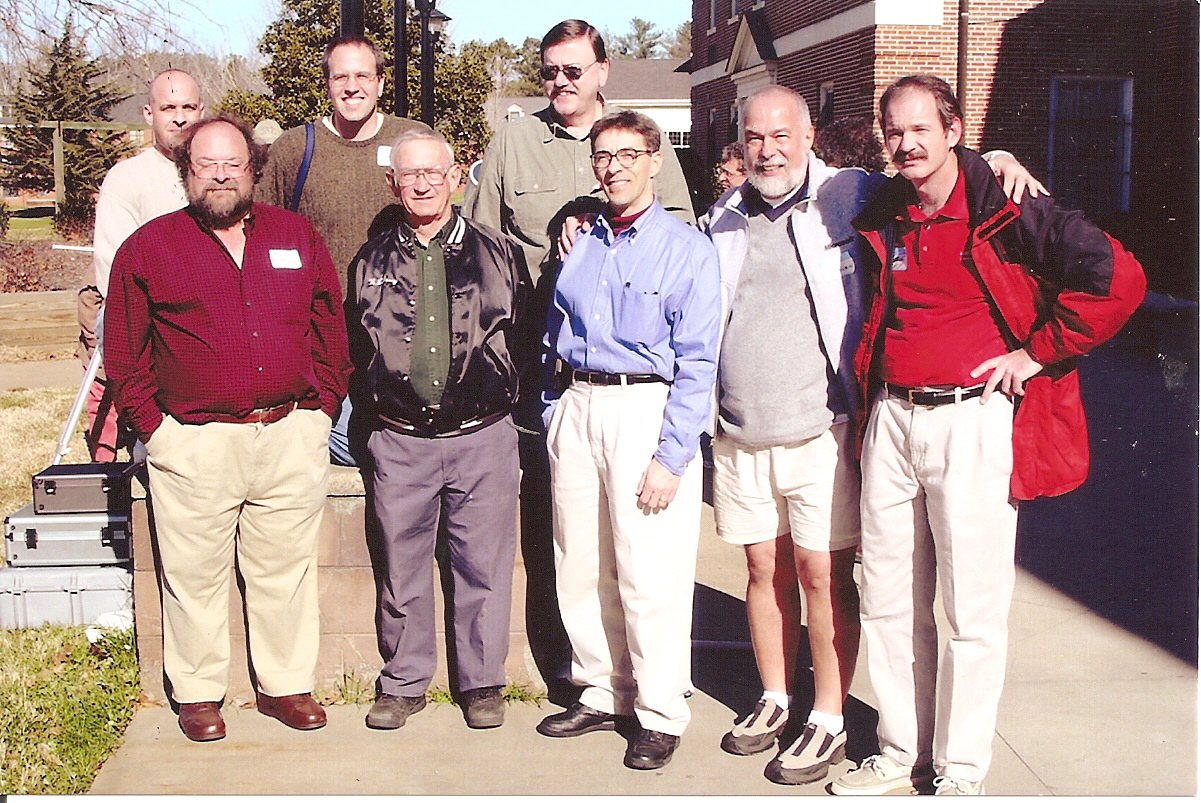
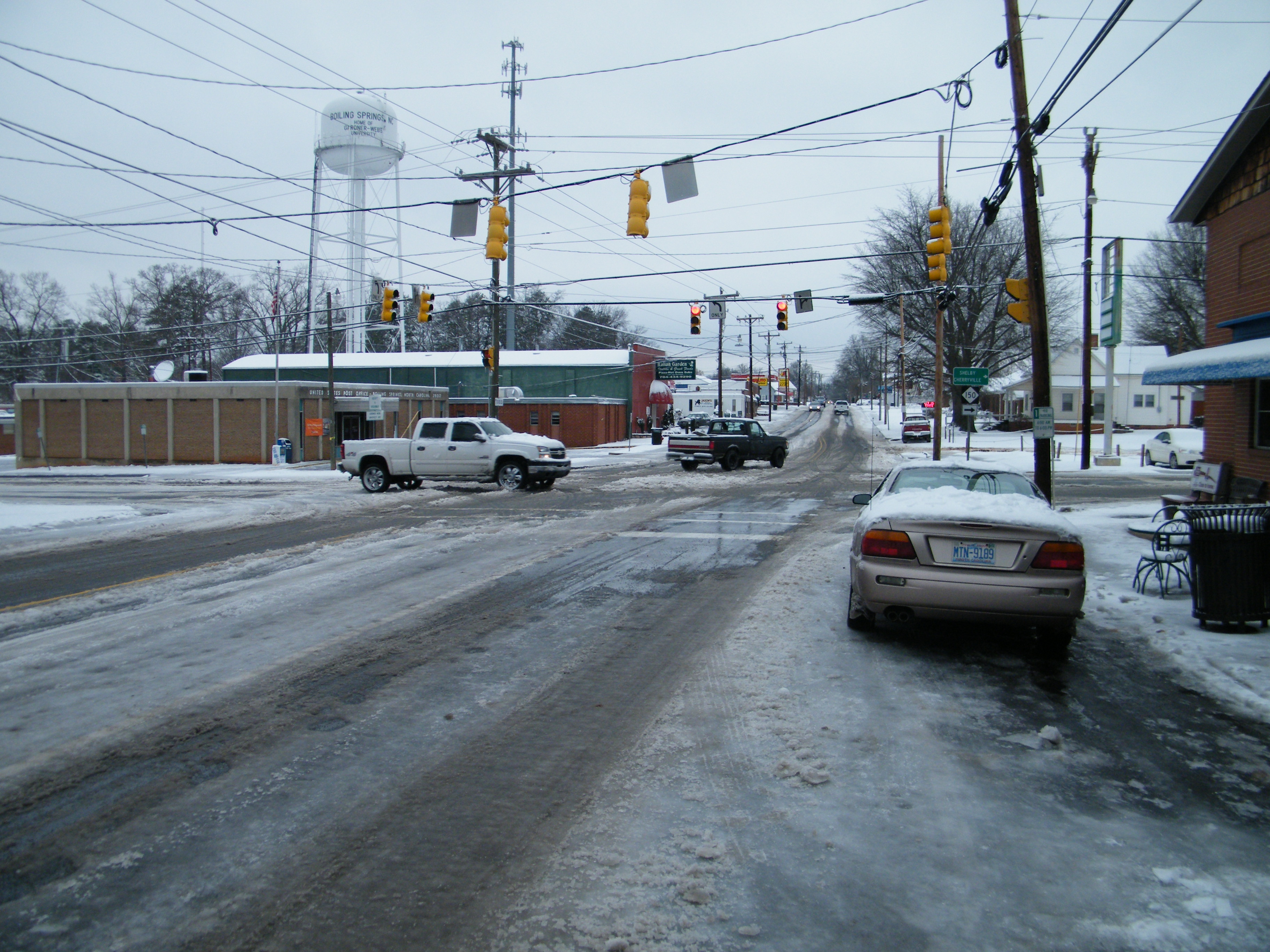


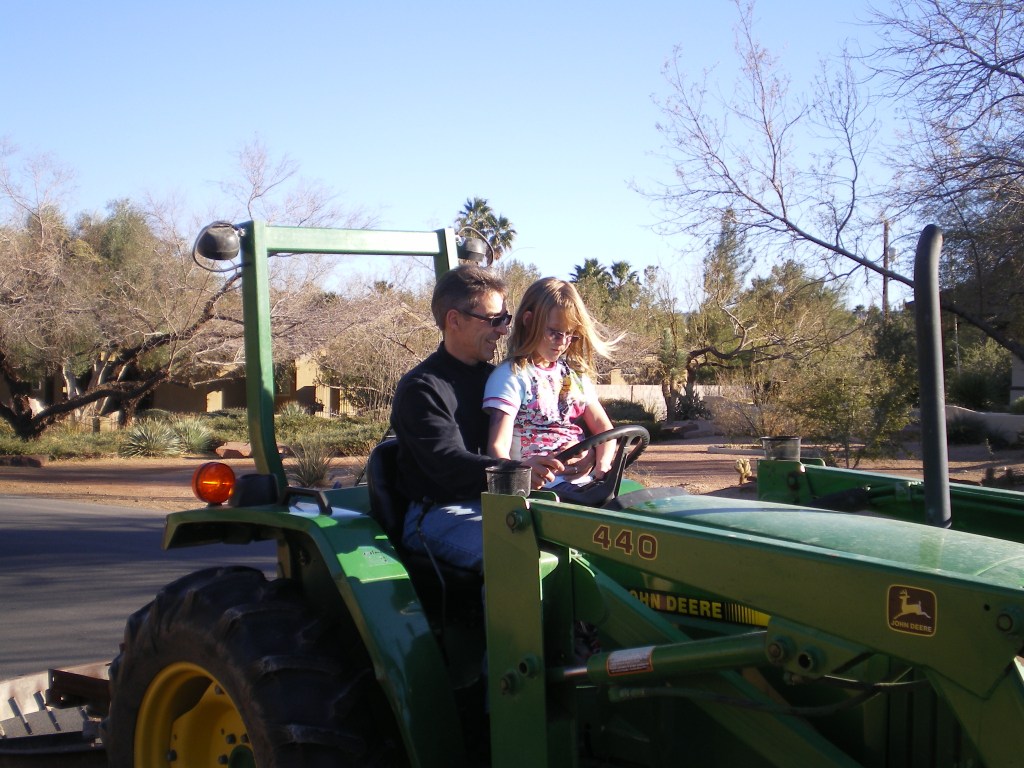
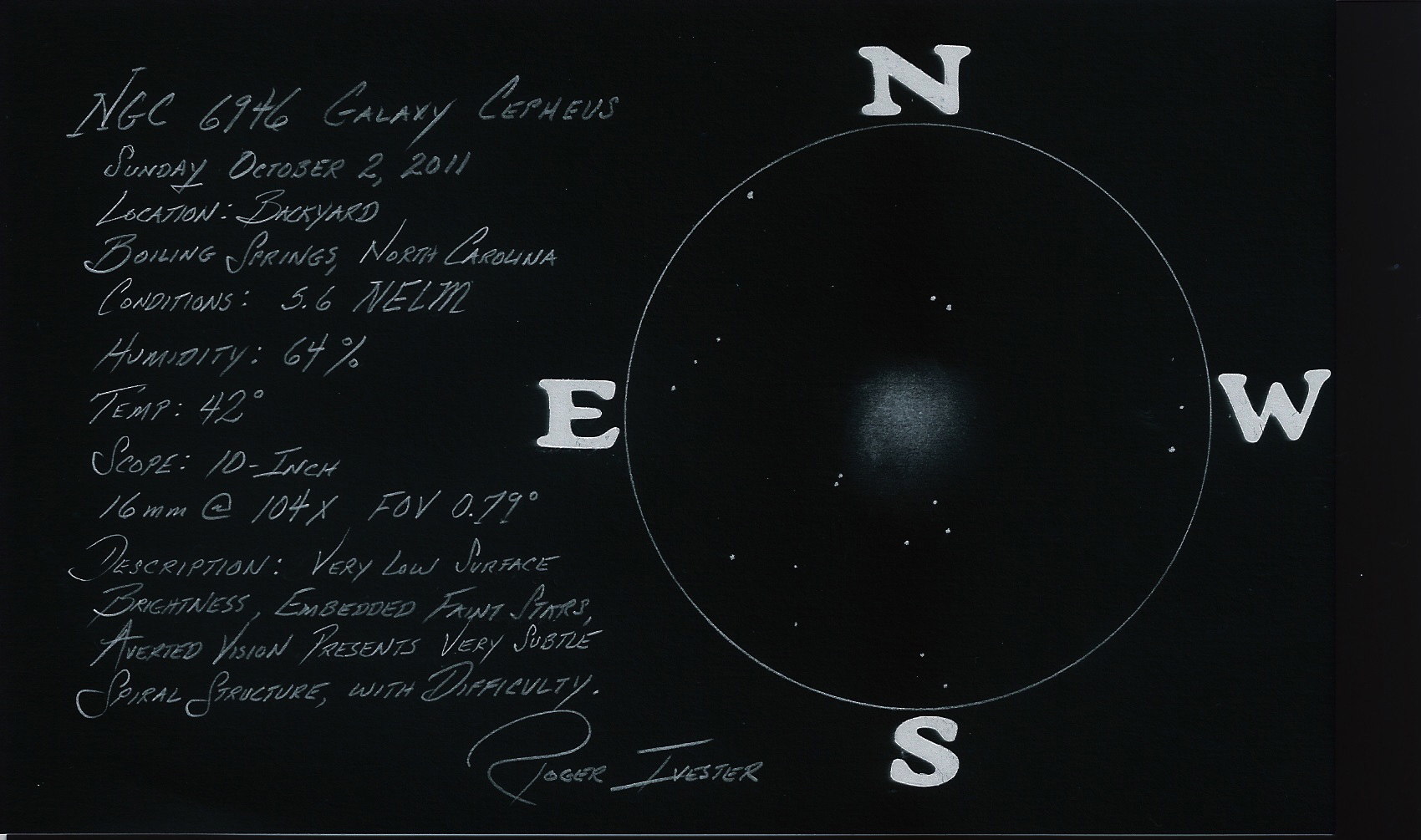
Recent Comments